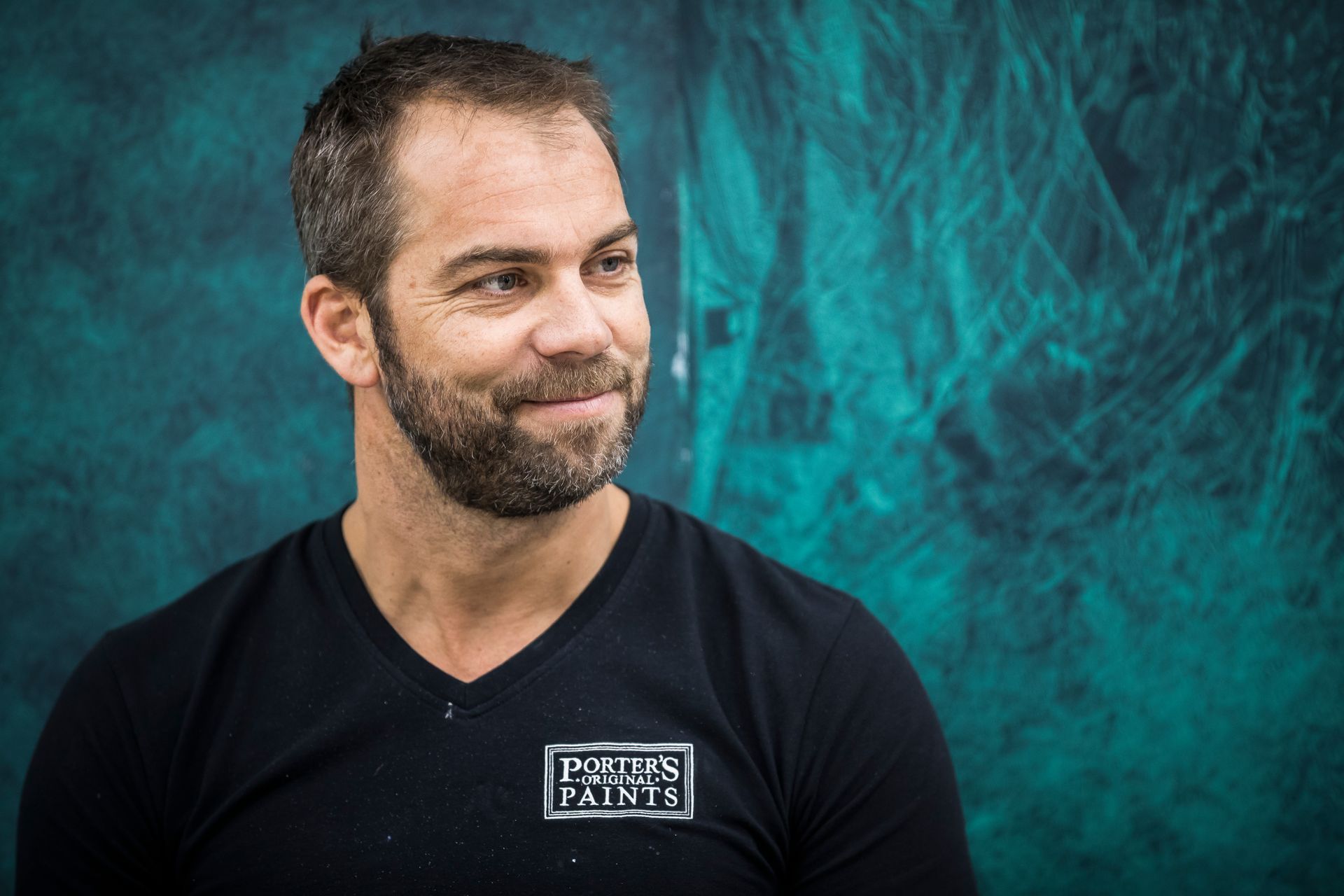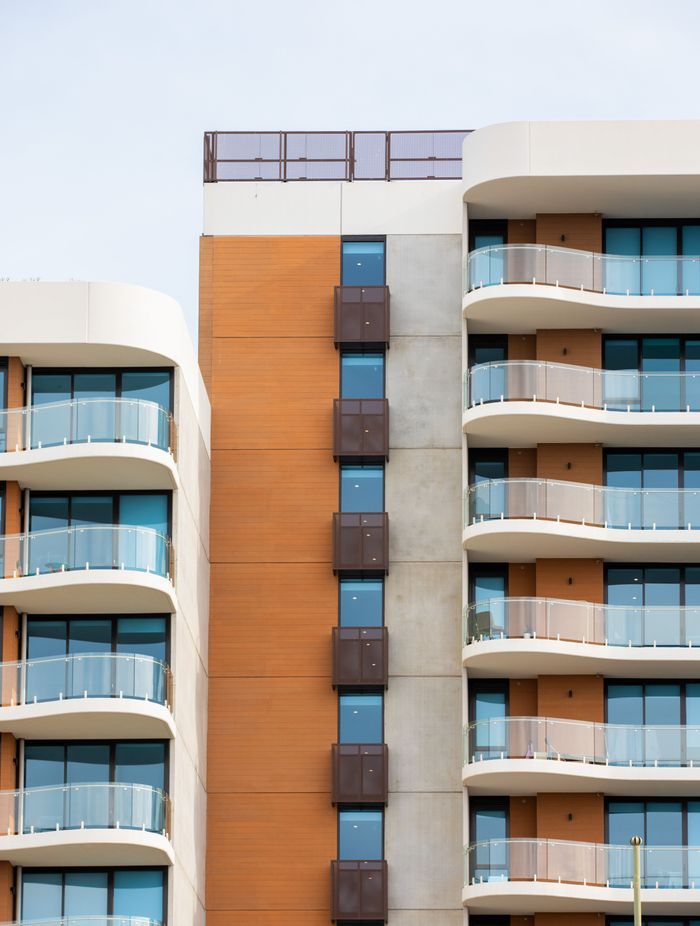Mineral paint: Durable and breathable with a natural aesthetic
Written by
17 July 2022
•
5 min read

What is the difference between mineral paint and regular paint?
Unlike acrylic paints that have a mechanical bond, where a plastic film adheres to the surface, mineral silicate paint has a chemical bond – where the inorganic paint reacts with any cementitious substrate, essentially becoming part of the substrate through a process called silicification.
“It’s like it’s petrifying the substrate. It consolidates the surface to a much harder and more dense structure,” explains Andrew Gray from Porter’s Paints, which now has state-of-the-art tinting technology that uses liquified inorganic tinters instead of powdered oxide tiners.
“This means our timeframes to supply mineral paint is much shorter – we can usually supply in under a week out of our Wellington base.”
It’s like it’s petrifying the substrate. It consolidates the surface to a much harder and more dense structure

What is mineral paint used for?
While mineral paint can be used both for interior and exterior applications, it is predominantly used outdoors: “It’s for use on any cementitious substrate – any concrete, brick, stone, render, anything that has free calcium particles in it.”
Andrew explains that the surface must be uncoated though, as the nature of the potassium silicate in the paint is to penetrate the surface, which cannot be done through a barrier such as an acrylic coating.
“People want that natural concrete look, and when you use acrylic paint on the outside of buildings it looks like there’s a plastic film on the concrete.
“Mineral paint is the closest thing to painting stone on stone, being that it’s a natural inorganic product that’s dug out of the ground. When you paint it onto the surface, it looks like tinted concrete – it looks very natural.”
Mineral paint is the closest thing to painting stone on stone, being that it’s a natural inorganic product that’s dug out of the ground.
What are the benefits of mineral paint?
Breathability
The composition doesn’t only allow the painted surface to look natural, it also means the surface can breathe.
“Most paints can form a barrier that prevents water from getting in, but it also prevents any moisture vapour or water from getting out – creating pooling water issues within the structure. Due to trapped moisture in the structure, the steel reinforcing that runs through most concrete to give it strength can slowly rust over time, growing very slowly until it ends up breaking the concrete away. This is called concrete spalling or concrete cancer.
“So, by having a product that will prevent water ingress – water molecules bead off the surface – but let moisture vapour out, the concrete stays dry, helping to prevent concrete spalling as well as mould and bacteria build up that can cause an unhealthy environment.”
This will help in prolonging the longevity of the substrate, and in turn the longevity of the structure.

A reduction in the number of times a building needs scaffolding for repainting, will dramatically decrease maintenance costs.
UV resistance
Being made from natural products, mineral paint from Porter’s Paints isn’t vulnerable to UV radiation – it’s resistant to fading and dulling, meaning it retains excellent depth of colour and performance over time.
Durability
Another benefit of being made from inorganic minerals such as potassium silicate, is that the paint won’t soften under the heat of the sun.
“Acrylic paints, for example, can get a slight softness to them once heated. When you’ve got driving wind with salts, dirt, and dust blowing into this soft acrylic coating, particles can embed themselves in there,” says Andrew.
“And while dirt can still of course land on a mineral painted surface, it will be easily washed off by the next rain. It will look cleaner for longer.”
Less maintenance costs
"Due to the chemical bond with the substrate, mineral paint becomes part of the structure, ensuring it will never flake, peel or blister once applied correctly,” explains Andrew.
“For an asset owner, a coating with a 25-year commercial warranty is a game-changer. A reduction in the number of times a building needs scaffolding for repainting, will dramatically decrease maintenance costs.”

What colours are available?
Out of Porter’s Paints wide range of colours, many can be matched for the mineral paint – answering many current colour trends.
“Every project is so different, but whites and warm grey tones are always popular. Some want a beautiful, soft concrete colour, while others want smoky colours with blue or green undertones,” says Andrew. “Sky blues and earthy neutrals have definitely also made a comeback.”
How is mineral paint applied?
Porter’s mineral paint is applied with a regular 12–15mm roller, depending on the substrate, or a large block brush in a crosshatch method, by an experienced professional. Due to the way the product penetrates and has a chemical reaction with the substrate, it is important for mineral paint to be applied as a thicker coat than normal acrylic, to ensure an even coating.
Learn more about mineral paint from Porter’s Paints.